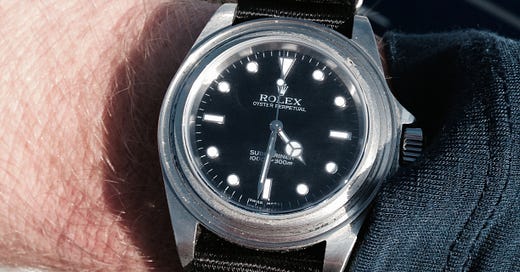I can remember growing up, come holidays like Thanksgiving, Easter, or Christmas, as the big meal was being prepared and the house was starting to smell good, Johnny Mathis was crooning on the turntable, and I’d be asked to set the dinner table. There was always a tray of special silverware brought out, each piece engraved with a flourished “H,” that my parents had bought, a few at a time after they were first married. It would get polished and laid heavily on the table, salad fork. fork, butter knife, soup spoon, spoon. I remember the weight of it in my hand, lending to a perception of quality and awe. This was something special, to be used carefully and sparingly, then tucked away until the next holiday and we’d go back to using stainless steel flatware for daily cereal and soup.
In more recent years, visits to my parents have become more frequent, often around shared meals—Mom’s homemade favorites, something Gish and I would make, or even takeout. And now we’re using the good silver regularly. It still feels special, but in a different way. There’s a nostalgia to it, a familiarity, and it lends a sense of occasion to even the most ordinary of meals. It’s made me think of how we decide when, and how, to use the “good stuff”—watches, a pair of boots, a classic vehicle, or a jacket— in our day to day lives. This isn’t a new topic for me. I’ve discussed it several times, usually in the context of a watch article, in which I advocate for the “wear it in anger” approach to watch ownership. Is there a price threshold above which we hesitate to use something, however robustly it was made, for its intended purpose? Or are there other factors that determine how willing we are to “bring out the good china?” Or silver.
Keep reading with a 7-day free trial
Subscribe to SWIMPRUF to keep reading this post and get 7 days of free access to the full post archives.



